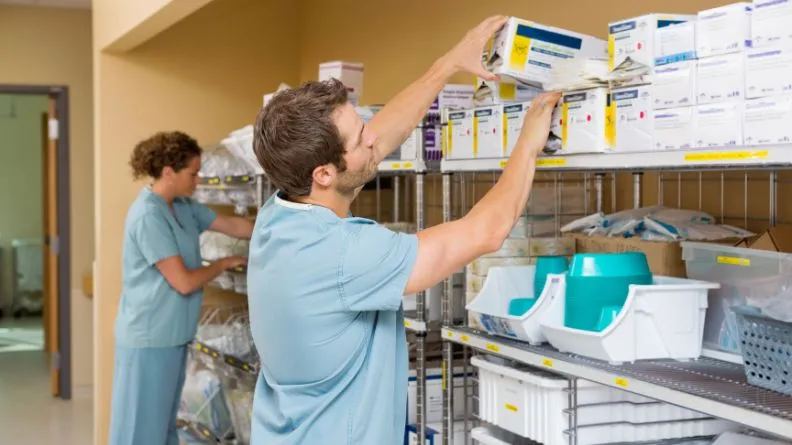Surgical inventory management

Benefits
Transferring transactional activities from clinical to procurement teams and automating the process has led to a 69% drop in manual purchase orders.
Using RFID technology to support surgical inventory management can optimize stock holding, minimize waste and free up time for clinical staff
Integrated surgical 'kitting' solution
Using passive RFID labels on all surgical consumables means that all items used for operations can be tracked, enabling hospitals to accurately record usage for each operation and ensure reliable replenishment of required inventory.
How Surgical Inventory Management works?
Centralization
Traditionally clinical staff in the local surgical areas prepare all inventory required for the next day’s operations. Centralizing this process using the surgical kitting solution means that clinical staff are freed up to spend more time on patient care.
Picking process
The knowledge of clinical staff about the required consumables for specific types of operations is captured on the system in the form of pick-lists. For each type of operation, central staff download the relevant list to a handheld scanning device which indicates which location in the central store each item can be picked from. Items are then scanned and added to a tote box specific for each patient, which is sealed and delivered to the local surgical area.
Replenishment
In order to record the use of consumables from local theatre stock, clinical staff simply add the empty wrappers of any inventory used to the tote box. Post operation the tote box is received back in the stores where the RFID labels on these wrappers are then scanned by the central inventory team. This means all consumables used can be accounted for, those unused replaced and an accurate overall material cost of an operation is recorded and stock correctly replenished.



